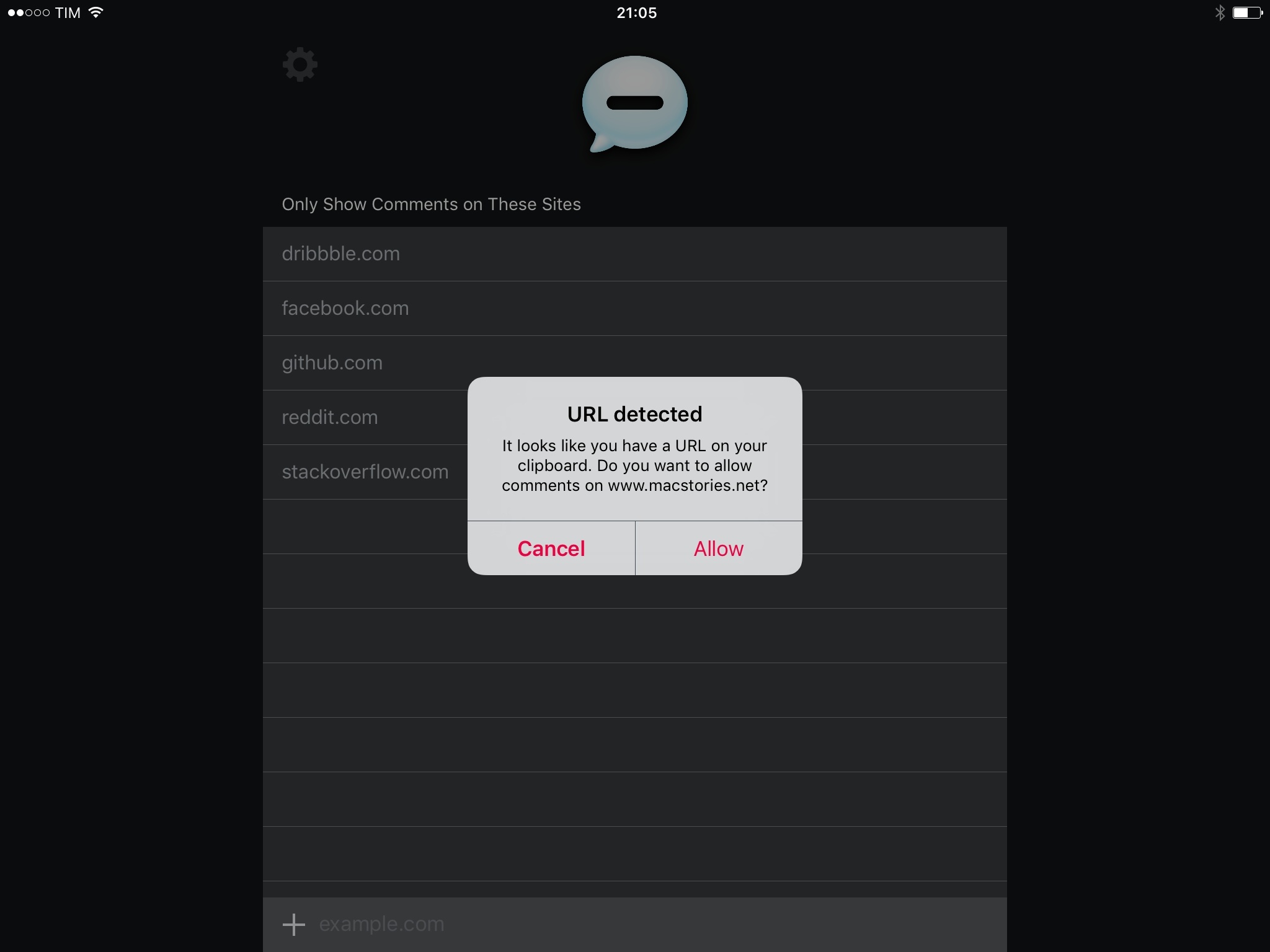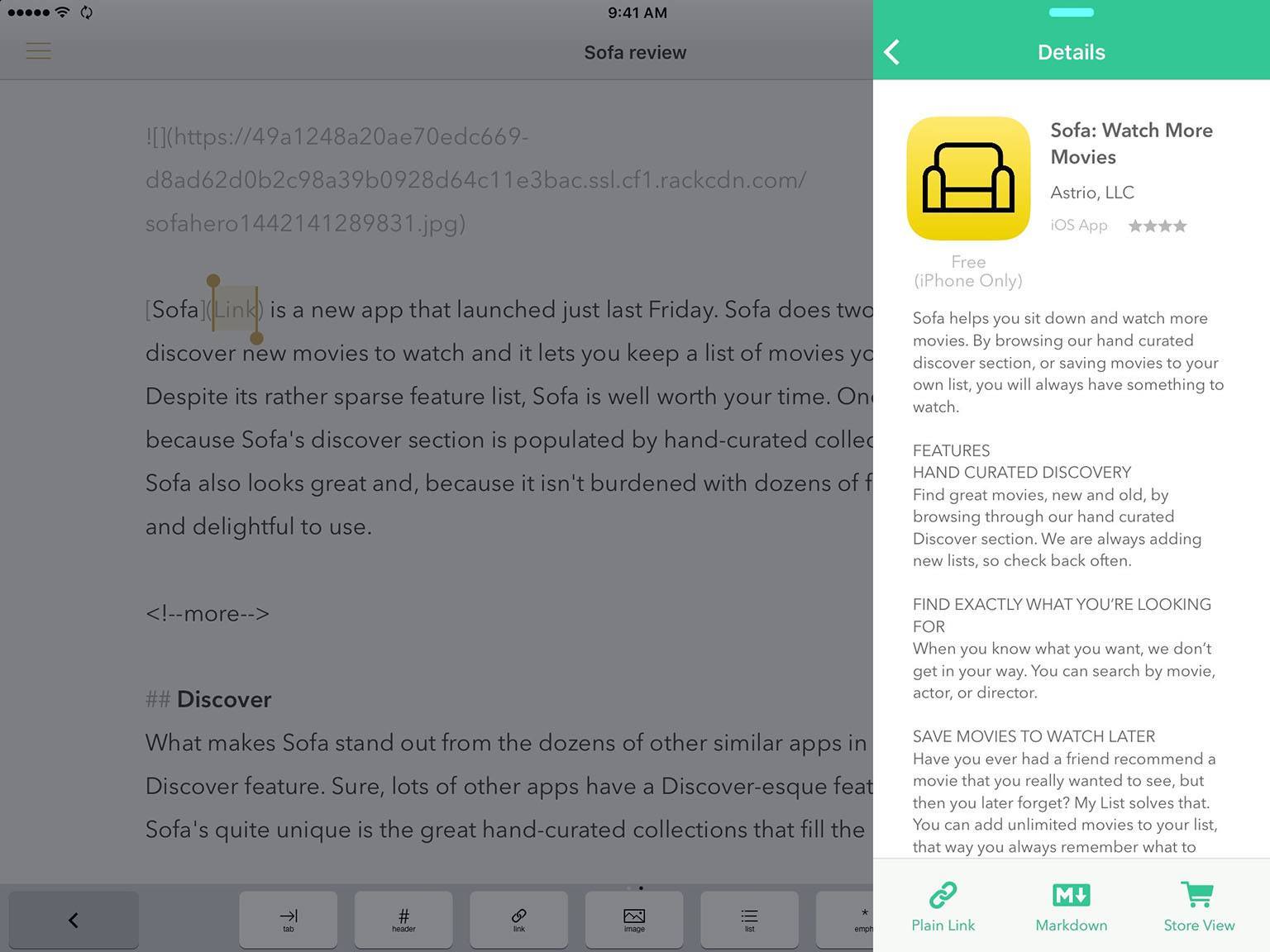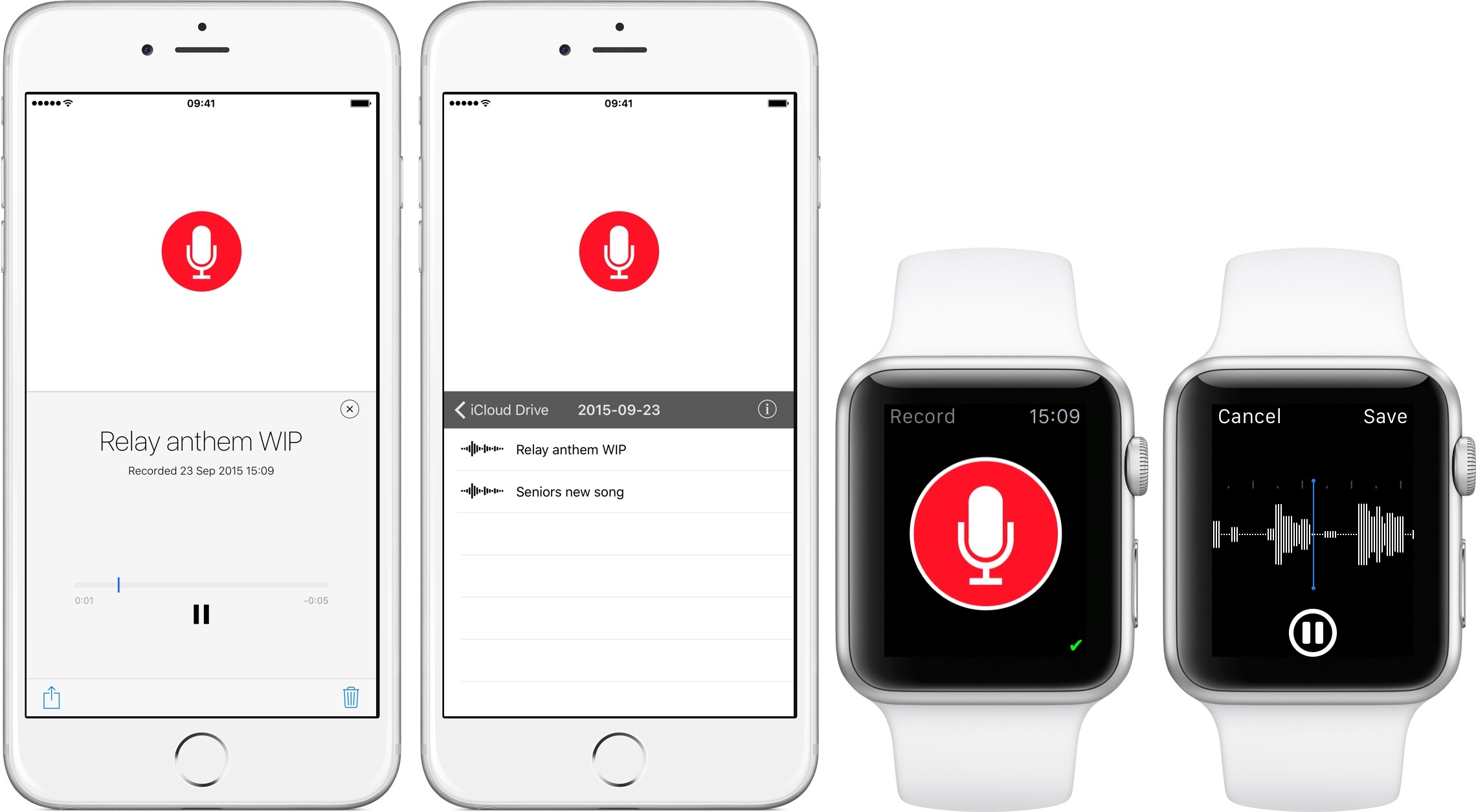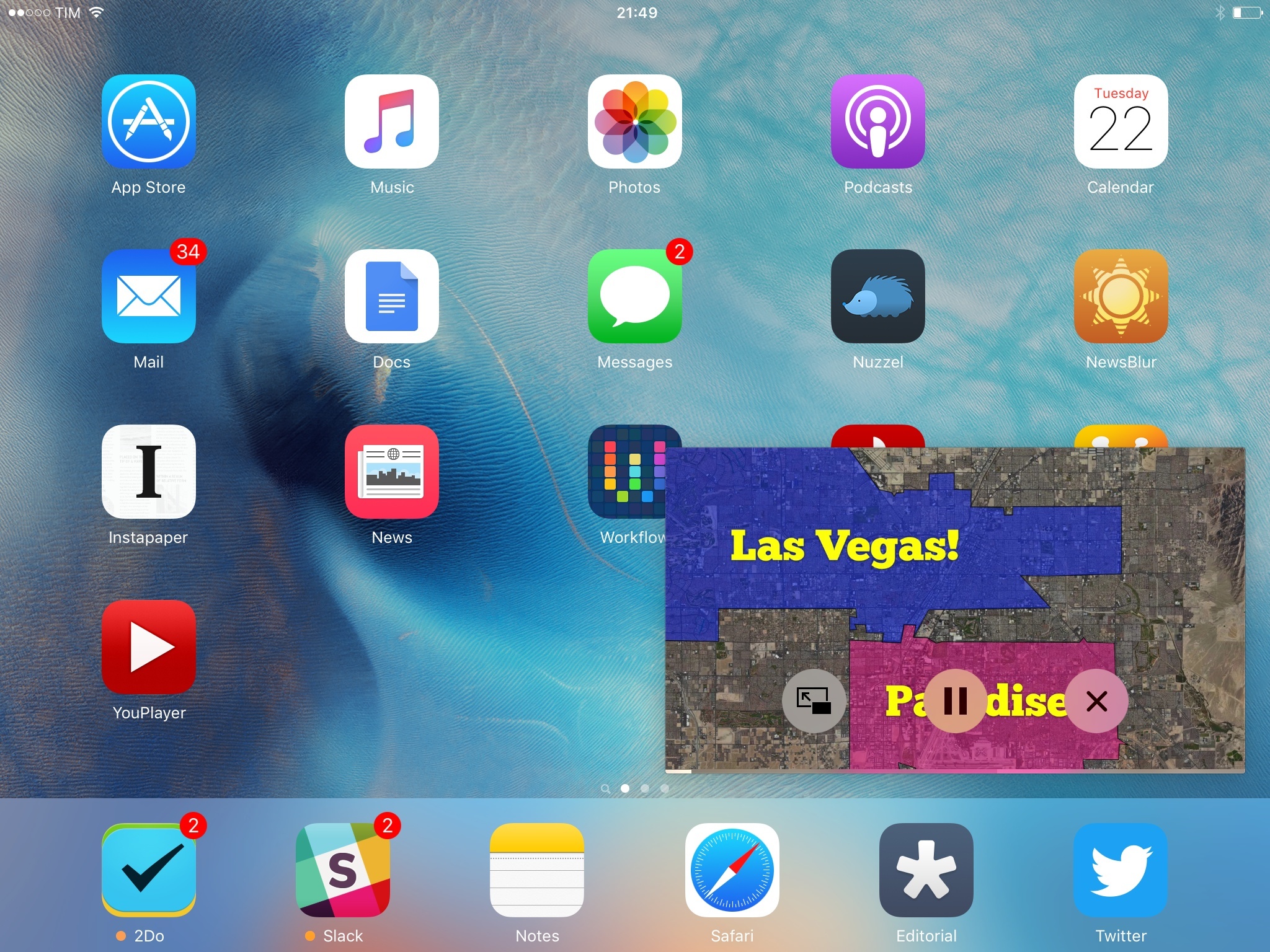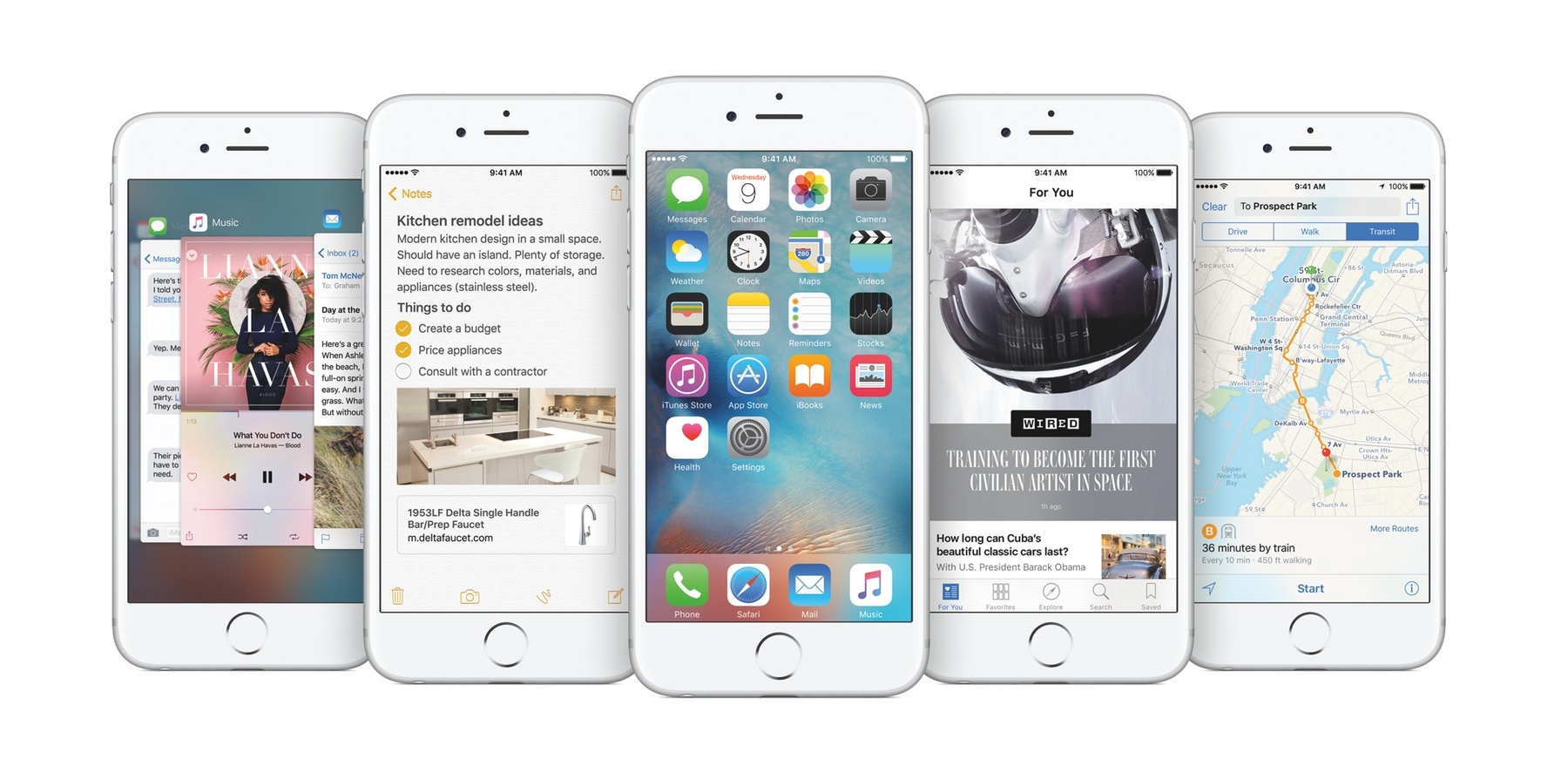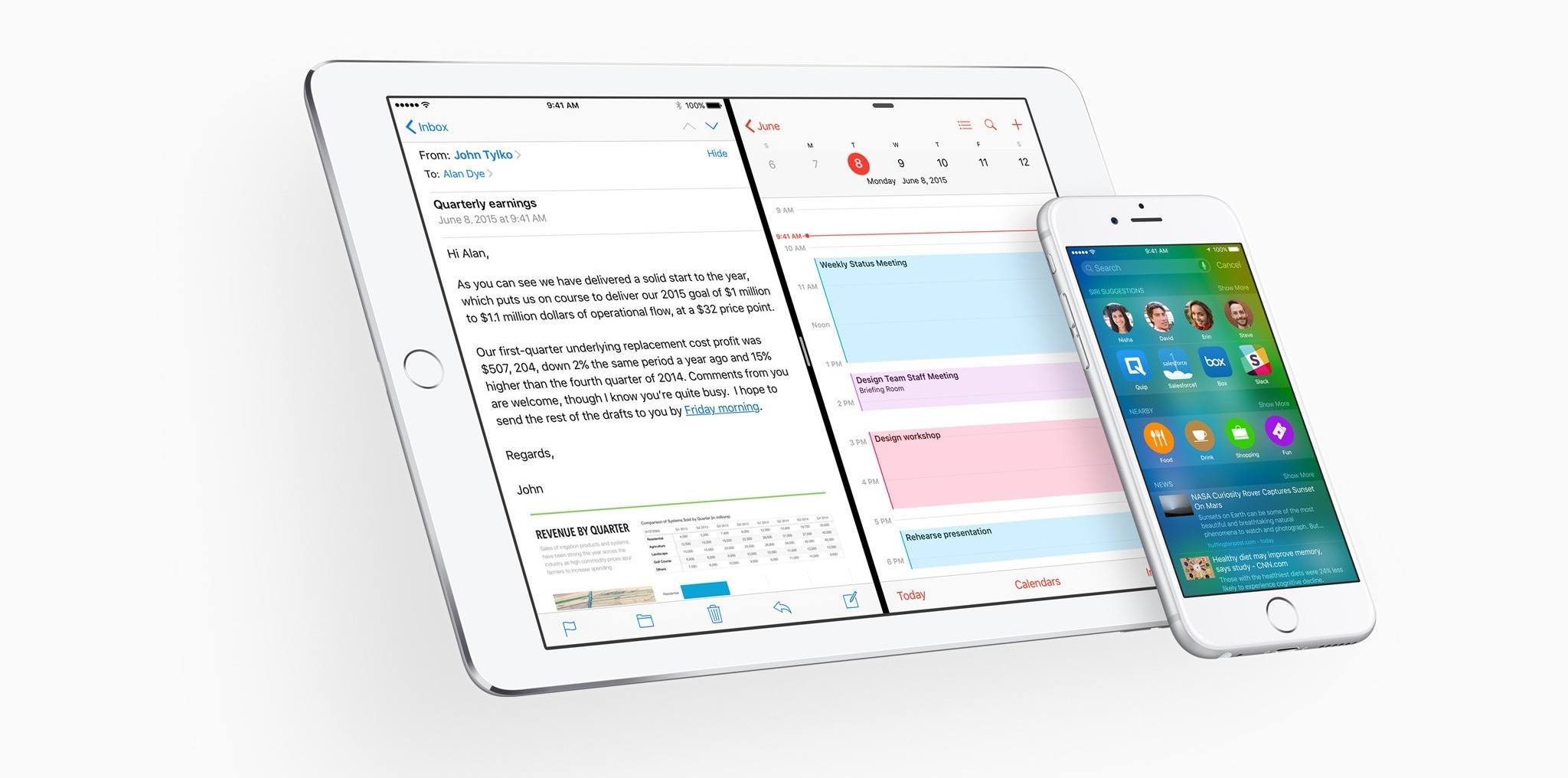Developed by Ricky Romero and based on Steven Frank’s popular Shutup.css, Shut Up is an iOS 9 Content Blocker that hides comments on the web.
We’ve all been there: you’re reading a great article on one of your favorite blogs, you scroll down…and you wish you didn’t. Most comment sections can be an unregulated, nasty place on the Internet, and what Shut Up aims to do is to provide a system-level blocking solution that will try to hide comments in Safari and Safari View Controller. This will allow you to browse and read without fearing for your intellectual safety when reaching the bottom of webpages – not to mention gains in performance and readability when the browser doesn’t have to load comment sections.
I’ve been testing Shut Up for iOS 9 over the summer, and it’s the Content Blocker I prefer for hiding comments. What I like about Shut Up is that, besides being based on Frank’s stylesheet and working well for the websites I visit, it offers a whitelist to specify websites where you do want to see comments – either because they usually have great conversations, or because they’re meant to be read as “comments” (such as Facebook or Reddit threads). Shut Up comes with a built-in list of allowed sites, and it also detects URLs in your clipboard when you open the app, letting you easily whitelist its domain.
Given the removal of Peace (which also licensed Shutup.css) from the App Store last week, I recommend giving Shut Up a try. It’s free on the App Store.


